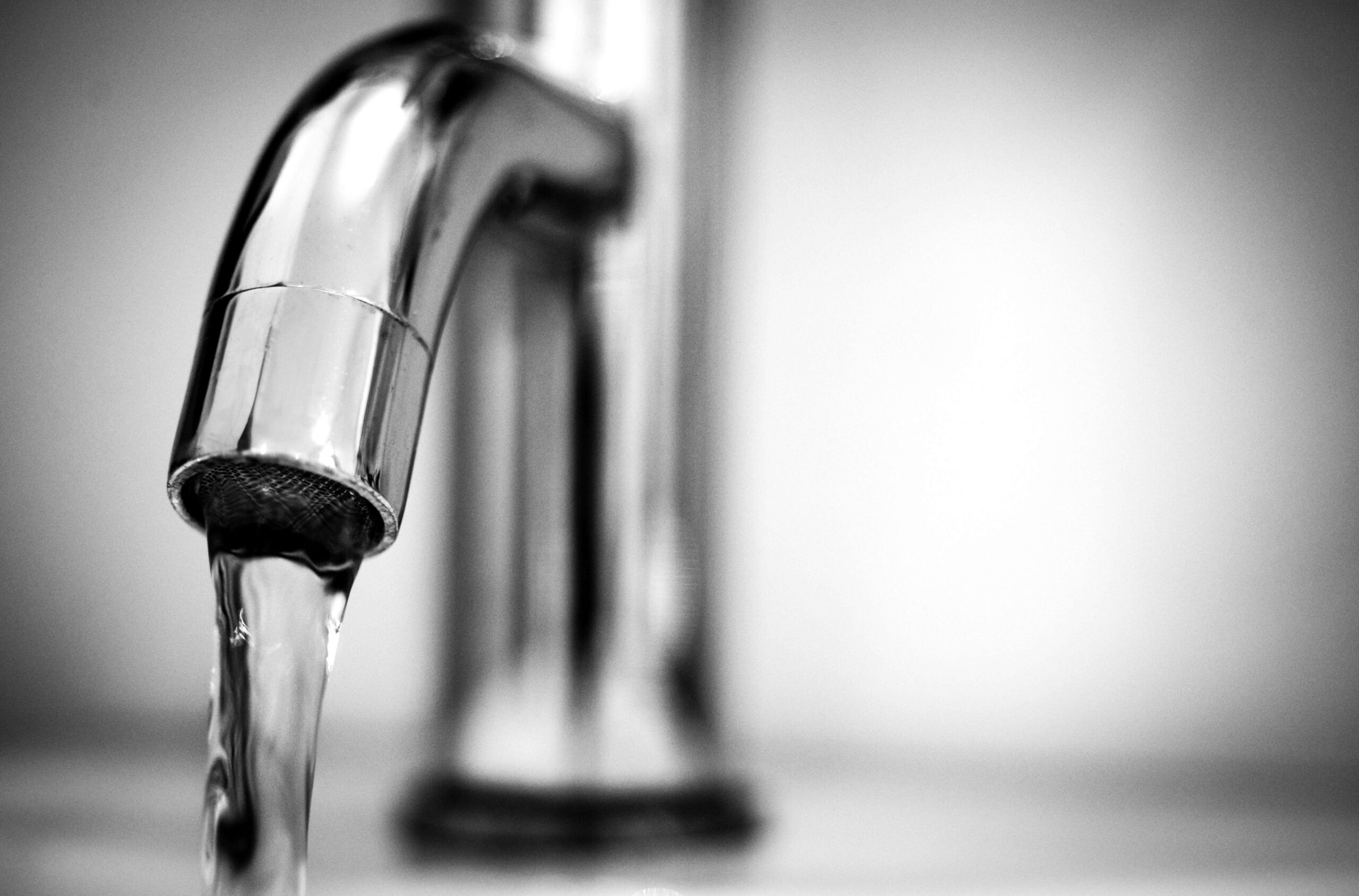Samuel Taylor Coleridge wrote in ‘The Rime of the Ancient Mariner’
“Water, water everywhere, nor any drop to drink”.
It’s a fitting phrase in current times since we have, and are, surrounded by an abundance of sea water and yet many millions of people are facing severe water shortages; and it’s getting worse.
The below article, first published a couple of years ago by Abu Dhabi’s WFES blog (link at the bottom) highlights some pertinent data points. Most especially that the GCC, with a population of less than 0.5% of the global total, has over 57% of the world’s desalination plants. Furthermore, it goes on to say that demand is increasing rapidly so that ever more production and storage capacity needs to be added.
The GCC countries have more than enough financial clout to build as many desalination plants as they require but they are very aware that such plants cause hefty environmental damage, on land as well at sea.
In order to mitigate the rising demand, water conservation efforts are increasing and it won’t be long before we see rising water bills and the roll out of mandated savings technologies.
Tapped out – The New Normal of Rising Water Demand in the GCC
With the region’s population and per capita water usage rates both on the rise thanks to the current pandemic and its long-term health implications, how will the GCC rise to the challenge of addressing its long-term water security situation?
Assessing the regional drain
At the beginning of the decade, the GCC was home to around 50 million people. By 2050, that number is expected to increase by around 14 million. As well as its population, the GCC’s water consumption rate is also climbing dramatically due to the ongoing impact of the current global pandemic, and subsequent calls from health experts around the world to practise frequent hand washing, and overall higher standards of cleaning and disinfection.
These factors continue to contribute to making an already concerning water scarcity issue even starker as we look to the region’s future. By 2050, it is predicted that annual freshwater consumption rates for the GCC will hit 33.7 billion cubic meters, outstripping projected future storage levels by almost 8 billion cubic meters.
All this pressure is taking its toll on the region’s existing water supplies. Of the 17 countries worldwide thought to be facing “extremely high water stress” (where 80% or more of all available surface and groundwater in an average year is being consumed), four are in the GCC – Qatar, Kuwait, Saudi Arabia and the UAE.
Factors pumping up future consumption and supply shortage
Health-related worries: As this pandemic has demonstrated, health crises continue to grow in scale and global impact as the world becomes more interconnected and worries about personal health and hygiene are playing a significant part in increasing GCC water consumption. A United Nations Economic and Social Commission for Western Asia (ESCWA) report from May suggests that during pandemic conditions, water demand for handwashing alone is set to quadruple by 9 to 12 litres per person per day, while water usage will also increase as people become even more diligent about laundry, cleaning and food washing. Overall, this is predicted to create a 25% rise in household demand for water across the region, from 4 million cubic metres per day to 5 million.
Agricultural requirements: With global supply chains being disrupted more frequently by health hazards, extreme weather and political circumstances, the importation of food and other essential to the region is coming under threat. The UAE imports 90% of its food and in the uncertainty of the current times, this is a vulnerability that the government wants to reduce or even eliminate. In recent months the UAE has been experimenting with growing rice in Sharjah, harvesting 1,700 kilograms in May. While the thought of desert-grown crops (coffee and wheat are next on the trial list) is attractive for improving the UAE’s food security, it places even more strain on existing water supplies.
Climate change: The GCC is already a naturally dry and arid region, but the reduction of groundwater through unsustainable consumption, coupled with rising global temperatures, means that the region’s potable water supplies continue to dwindle.
Wasteful habits and policies: Wastefulness of existing water supplies remains a major concern, despite respective GCC governments making greater efforts to cut back on water subsidies (a slow and politically sensitive process at the best of times) and simultaneously boost public awareness about practising personal water conservation habits.
A call to action
None of these factors are unknown or unnoticed by GCC governments or international authorities looking to turn the region’s future from one of water stress to water security. Through a widening range of innovative measures, they are finding new ways to conserve existing supplies while augmenting the GCC’s ability to create and store more of the water it so desperately needs.
Boosting desalination capacity: The approach of simply raising existing supply to cater to burgeoning demand is nothing new in this instance, as around 57% of the world’s desalination plants can be found in the GCC, allowing it to create 18.18 million cubic metres of potable desalinated water every day. To keep up with demand, planned projects in the pipeline are estimated to add around 40% additional capacity by 2025, boosting that total to over 25 million cubic metres per day. However, this cannot (and is not) the region’s only play; desalination carries too high an environmental and financial cost to be relied upon indefinitely, and alternatives are being advanced as an utmost priority.
Greater storage capacity: From natural conservation projects to reverse groundwater shrinkage, to the construction of huge strategic reservoirs, the business of creating vast stores of water to be deployed at the national level is an ongoing development across the GCC. Each nation has its own proactive water security plans, with an eye towards securing sufficient strategic storage supplies to outlast even lengthy emergencies. Under its Water Security Strategy 2036, the UAE is building capacity to the level of guaranteeing supplies of 91 litres of water per person per day for emergency situations, and 30 litres per person per day for extreme emergencies.
Efficiency gains in agriculture: Agriculture is traditionally one of the worst offenders for water wastage worldwide, which makes it a prime target for improvement. Fortunately, innovations such as drip-fed underground irrigation systems and using desalinated saltwater instead of depleted groundwater aquifers already have a proven track record and are starting to significantly boost the sustainability of GCC agriculture.
Experimental approaches: The creation of new supplies with minimal or zero ecological impact will be essential to the GCC’s long-term water future. For this reason, highly innovative approaches are being trialled and supported by both the public and private sectors. From advanced solar energy desalination to ramped-up cloud seeding operations and other experimental approaches, continual refinement of such processes are the key to unlocking more sustainable supplying of the GCC’s water needs.
The road towards water security is a long one
In order to simply meet predicted demand for 2050, the GCC will need to boost its current capacity for collecting and storing water by 77%. This is a daunting prospect considering that consumption continues to rise and natural supplies continue to fall. However, with more than $80 billion earmarked for major public water and wastewater sustainability initiatives, alongside billions in private investment, aggressive plans for redressing the balance are already underway.
https://www.worldfutureenergysummit.com/en-gb/future-insights-blog/tapped-out-the-new-normal-of-rising-water-demand-in-the-gcc.html





